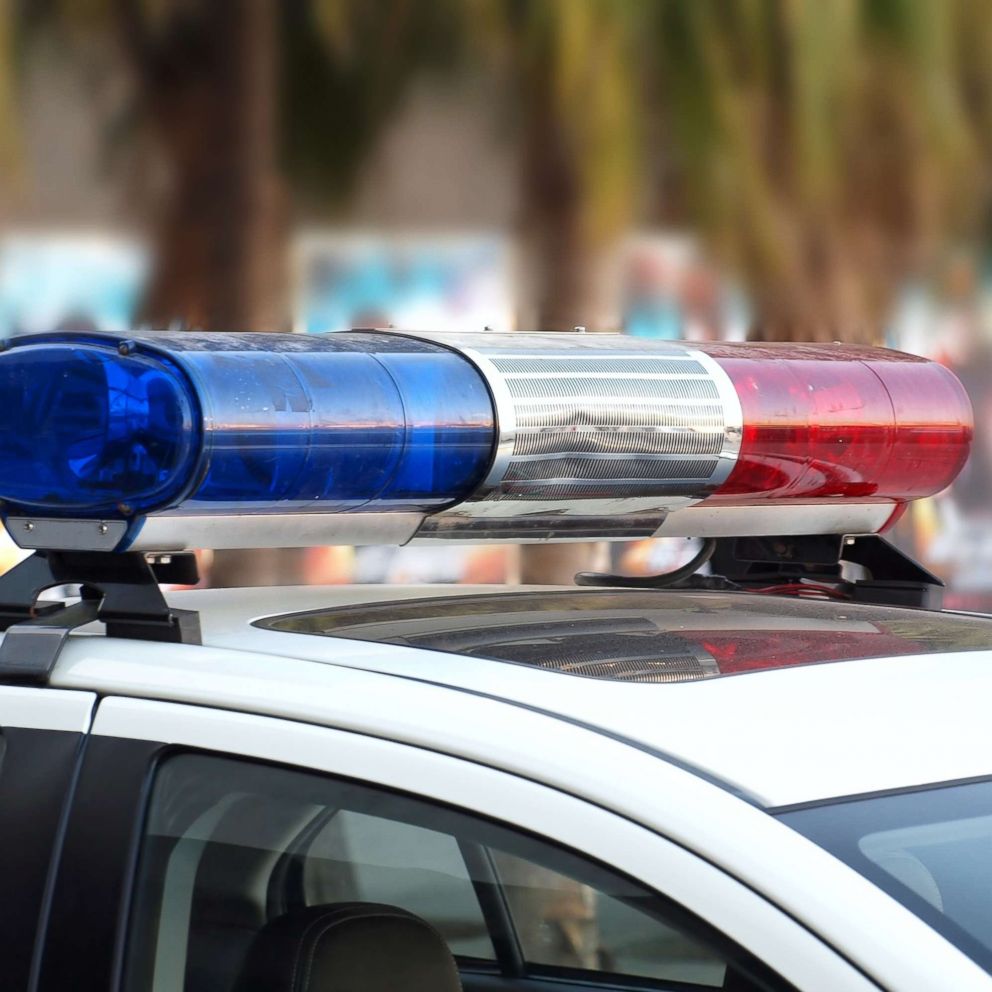Nurse hits the road to get COVID vaccine to Native communities
One infection control nurse is facing the carnage of COVID-19 head on.
Across a state of sprawling prairies loosely bound by lonesome highways, one infection control nurse is facing the carnage of COVID-19 head on.
For months, Molly Longbrake has traveled miles to help administer doses of the vaccine to aid roughly 12,000 people on 4,000 square miles of the Cheyenne River Reservation in South Dakota. There is only one hospital on the reservation.
Despite pushback from the state government last April over traffic concerns, the state’s tribes set up checkpoints along highways leading into reservations to mitigate the spread of the virus.
On Feb. 9, Longbrake and her team traveled to the Cherry Creek Clinic to administer the Moderna vaccine. In lieu of general stores and pharmacies, the clinic is typically staffed by one person and is the only place to purchase over-the-counter basic medicines like aspirin.
Opal Morrison was the first in town to receive the shot. She said she was urged by her children to get it.
“They encouraged me but I encourage them to come up here but they're scared,” said Morrison.
Opal and her spouse both got the shot, then Longbrake and her team waited hours before their third patient, June Littleshield arrived.
Littleshield caught the virus months before and spent weeks in the hospital. She still has not regained her sense of taste and smell.
“It’s very scary -- I don’t wish it upon anybody,” she said. “There was a couple times when I panicked and I couldn’t breathe, and I didn’t know if I was gonna come out of it or not.”
Only Littleshield, Morrison and Morrison’s spouse showed up to take the shot in Cherry Creek. Longbrake and her team had traveled almost an hour to administer three shots.“One person vaccinated is a huge accomplishment for us,” said Longbrake. “One death is one too many and we’ve already lost people from the reservation, and it’s very difficult and saddening.”
Longbrake’s mother Donna Rae Petersen is one of the 500,000 Americans who’ve died from COVID-19. Her mother had dedicated her life to cultural preservation for the Cheyenne River Sioux Tribe, and Longbrake has taken on that mantle.
“In a way it is because experiencing the loss, personally, of somebody so close to me, I wouldn't want anybody else to experience that and nobody wants that on any level,” said Longbrake. “It just hits a little closer to home.”
Longbrake and her team of health care workers have already administered almost 4,000 vaccine doses.
The effects of the pandemic stretch far beyond the reservations’ borders. Gov. Kristi Noem has never instituted a mask mandate, as part of her long resistance to implementing COVID-related safety regulations in South Dakota.
“We are not, and will not, be the subjects of an elite class of so-called experts. We don't shun people who think for themselves,” Noem said in August 2020.
Last summer, hundreds of thousands of bikers gathered at a motorcycle rally in Sturgis, South Dakota. Many attendees said they weren’t afraid of the virus. Even in the ensuing surge of cases, many South Dakota residents were indifferent to safety measures like mask wearing and social distancing. Following the event, the state had some of the highest rates of infection in the county.
Stephanie Vaughan and her father John Foster own The Depot pub in Mitchell, South Dakota, where the town just voted against a mask mandate. They said they don’t have anything against masks but avoid wearing them, like most of their customers.
“Some of these states where they’ve been shut down for over a year now, I don’t know how they’re going to recover,” said Vaughan.
Nearby at Cherrybee’s Floral, owner Dick Anderson said he almost lost his business due to his stance on masks.
“It’s something I strongly believe in, just wear it, it’s not that big a deal,” he said. “You can get push back. I’ve had people come in and go ‘Well, I don’t wear masks, and I don’t want to wear masks’, and I’m not a policeman so I’m not going to police it.’
A year into the pandemic, infection rates in South Dakota are down and the state has been vaccinating its residents more quickly than almost anywhere else in America.
Outside of the tribal community, more than 18% of those eligible have already received at least one dose of the vaccine, about 5% higher than the nationwide average, according to the South Dakota Department of Health.
Dr. Shankar Kurra is the vice president of medical affairs for Monument Health and oversees the vaccine rollout in essentially the entire western portion of the state.
“We always get inquiries about, ‘Hey, when is my turn?’” Kurra said. “We’re basically giving away everything we get. And so roughly we used to get anywhere from 3,000 vaccines, 3,500 vaccines, and we just give them away as soon as we get them.”
Kurra said they have the capacity to administer up to 10,000 doses.
The success is due to the tireless effort of health care workers like Longbrake.
“We are, as we would say, ‘mitakuye oyasin’ -- ‘We're all relatives,’” Longbrake said.




